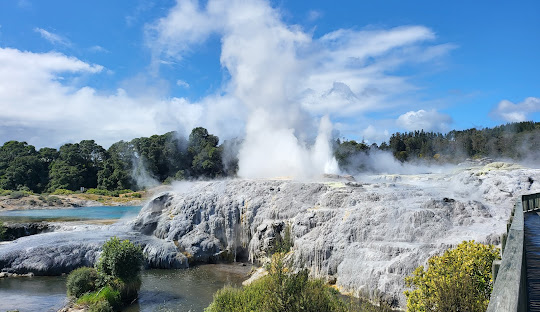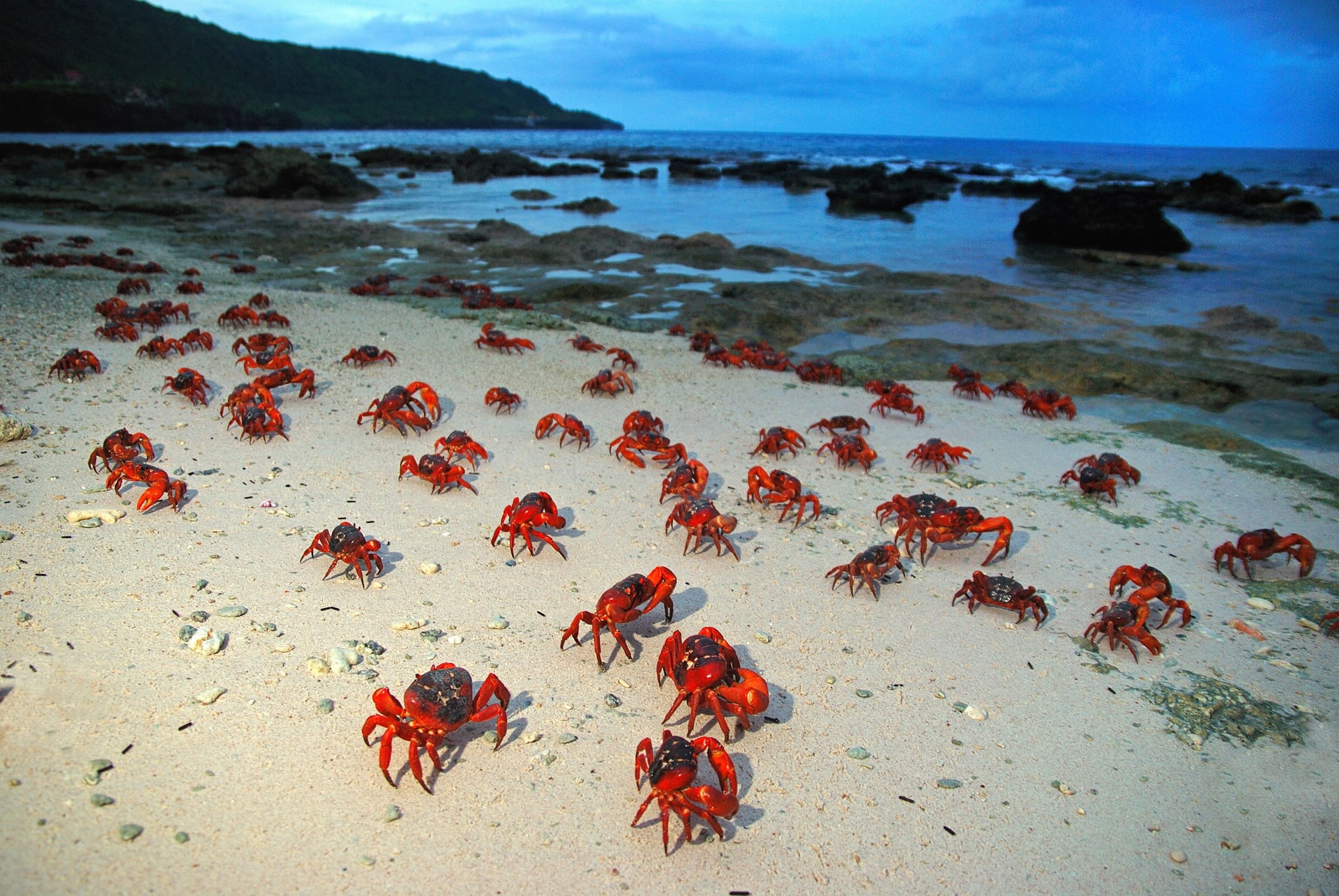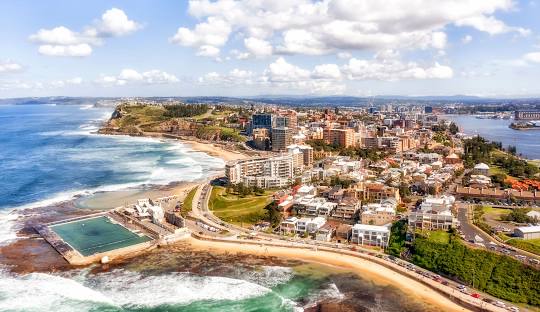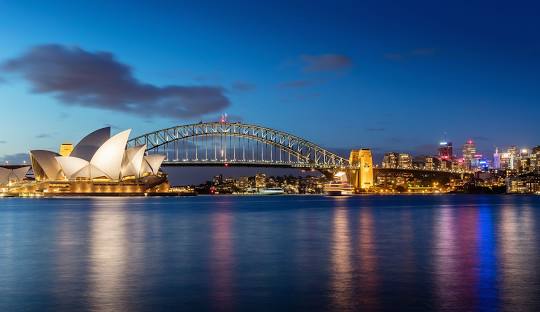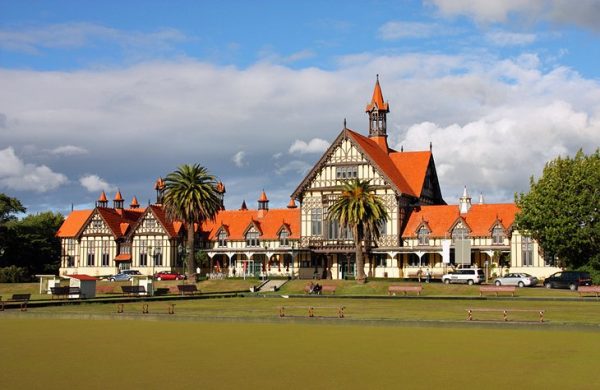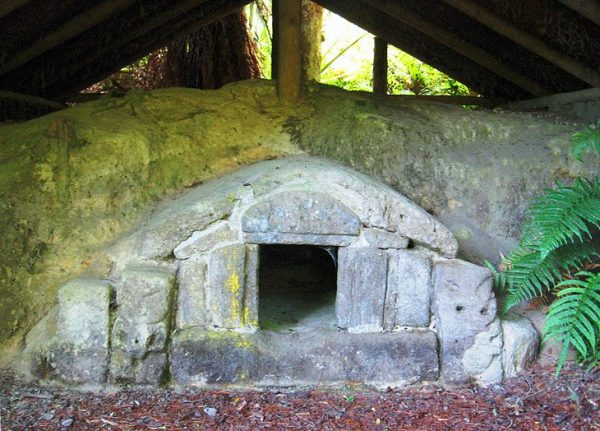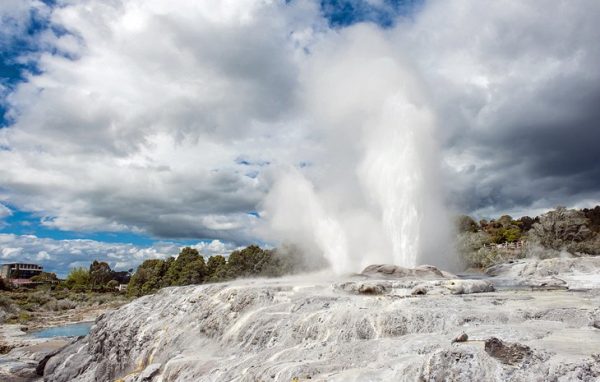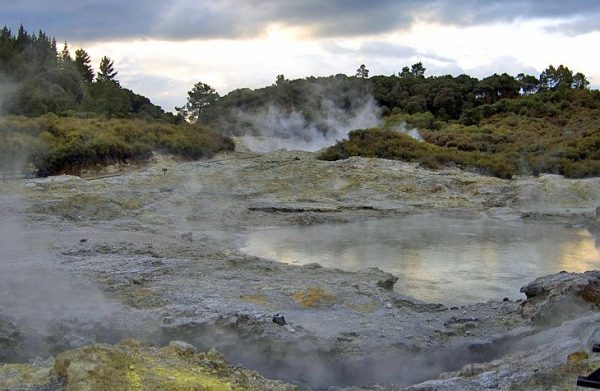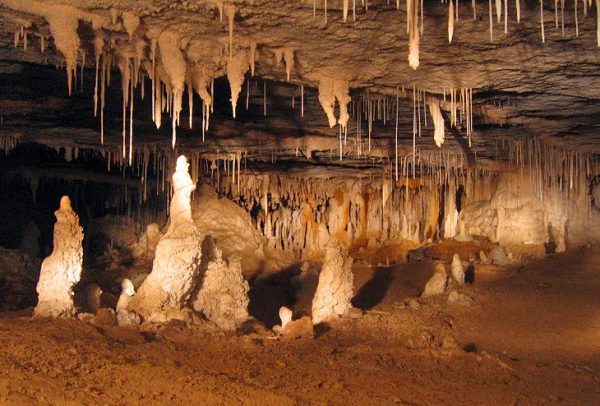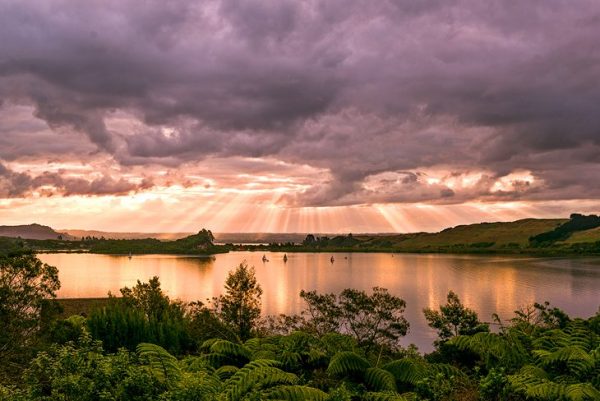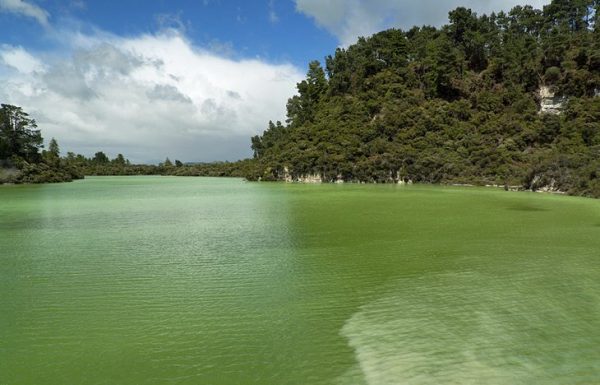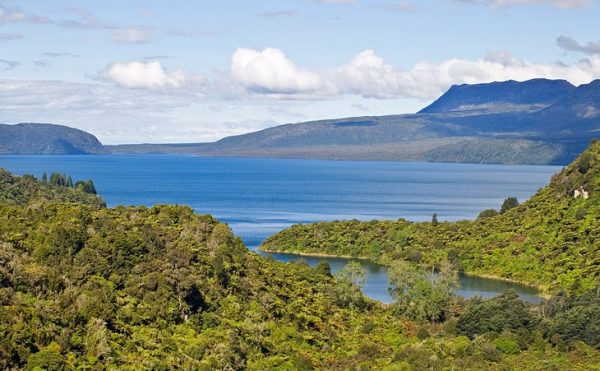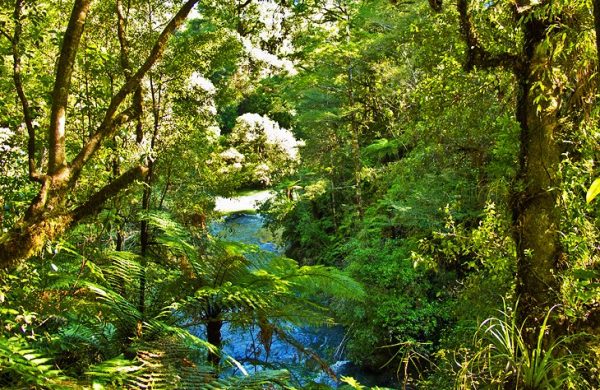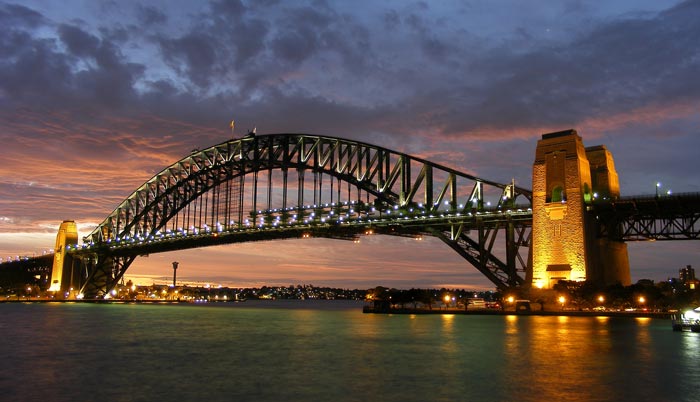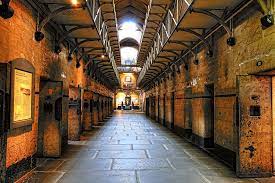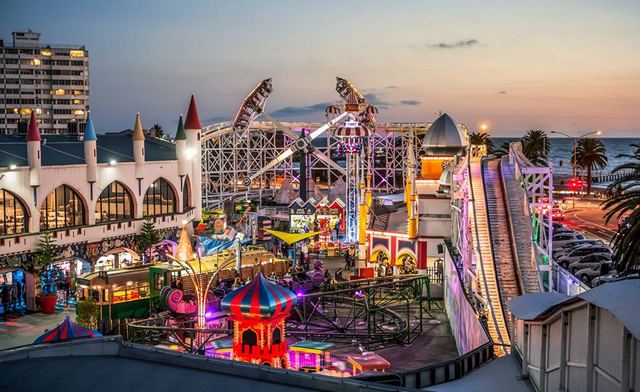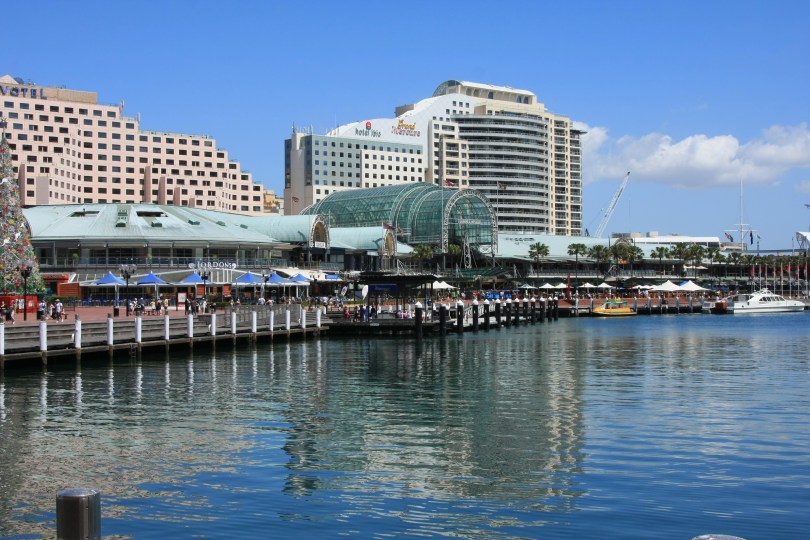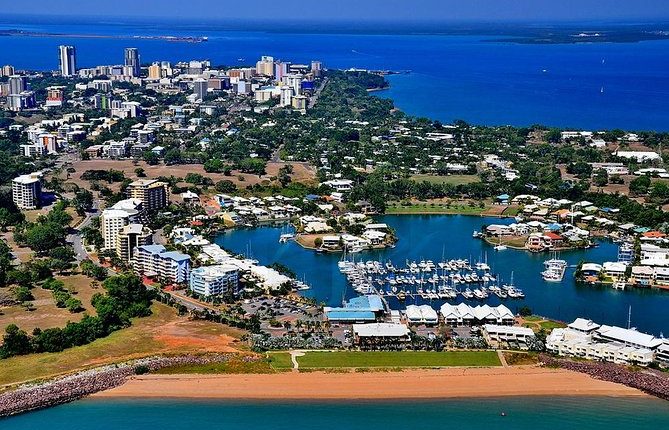The most beautiful tourist attractions in Rotorua, New Zealand
Rotorua is the heart of New Zealand's geothermal attractions
The Waimangu Volcanic Valley is one of the most popular places to see boiling mud
Steam silica terraces, and a series of walkways allow visitors to view the smoke-filled craters
The strange terraces of sour yellow and lime green gracefully, as well as the crater of Hell with its huge geyser.
Rotorua Museum
Amidst peaceful city gardens, the museum is situated on the shores of Lake Rotorua
It is an old house in the ornate Tudor style that now houses the Rotorua Museum
Inside, a series of permanent exhibitions tell the story of Rotorua's cultural history
From pre-European times to the present
The museum's basement provides a look at the building's origins in 1908
And splendid ethnology exhibits extend to the inhabitants of the Pacific Ocean.
Maori village
Amidst the steam vents and hot pools of the Maori geothermal area in Rotorua
It is a Maori village in Whakarewarewa that the Tuhourangi/Ngati Wahiao tribes welcome visitors.
Read also:Activities at the Old Melbourne Museum, AustraliaTo experience the culture and heritage of the Maori people
Guided tours of the village include a performance of Haka (and other traditional Maori songs)
by Te Pakira Cultural Group
Take a look at how locals use geothermal energy for cooking and heating.
Te Boya
Te Puia has plenty of geothermal wonders to explore
Pohutu Geyser is the largest geyser in the Southern Hemisphere and sprays water up to 30 meters into the air.
In eruptions that can last for days on end (one eruption lasted 250 days)
But it will most likely last for a few minutes, and there is another geyser near the hotel
It also features regular albeit smaller eruptions, in addition to the sparkling mud pools in the area.
Hells Gate Geothermal Park
Nestled amidst 50 acres of thermal activity
It includes a waterfall in the southern hemisphere and some of the most active hot alluvium
Kakahi Falls was once used for bathing
Read also:Tourism in the Gold Coastby Maori warriors with rolling water cascading over the rocks at a constant 40°C.
Waitomo Glowworm Caves
considered as Waitomo Glowworm Caves One of the most famous sights in New Zealand
It is a deep cave system of limestone, strewn with huge stalactites
It is home to hundreds of thousands of glow worms that illuminate the ceilings
The rock walls are in a wonderful display of tiny twinkling lights
By boat trips (every half hour) heading about 250 meters into the subterranean passages
For these cathedral-like caves to witness the phenomenon.
Mount Ngongotha Scenic Reserve
This forested reserve is on the volcanic cone of Mount Ngongota (757 meters high)
It has two excellent and easy walking tracks on the edge of Rotorua
The Nature Walk offers a short three kilometer stroll through the local bush
With many information boards highlighting the local fauna along the way.
Mocoya Island
The sacred island of Mokoya is an important wildlife sanctuary for some of New Zealand's rare and endangered birds.
Read also:How do you enjoy tourism in Darwin, Australia?For the local Te Arawa Maori tribe, this island on Lake Rotorua is steeped in ancient legends
It is the setting for the Maori love story of star-crossed lovers Hinemoa and Totaniki
Guided tours of the island included
Opportunities to spot local bird species such as kiwis, cockatoos, and rugs.
Tarawera Trail
The Tarawera Trail runs along the mountainous coast of Lake Tarawera for 15 km
For panoramic views of the green expanses of the countryside and sparkling lakes
Riders can set up camp at designated camping grounds along the way
But it's also an excellent day tour to experience the rolling landscapes of the lake areas around Rotorua
The trail ends at Te Rata Bay (also known as Hot Water Beach) where a natural geyser flows into the lake.
Werenaki Forest Park
This protected area is one of the North Island's most popular national parks and a beacon for hikers
And camp for some, mountain bikers
Weriniaki Forest Park covers 55000 hectares of biodiverse New Zealand rainforest.
With thick bushes of ferns and a high canopy of rimu, cahicata and totara trees.
